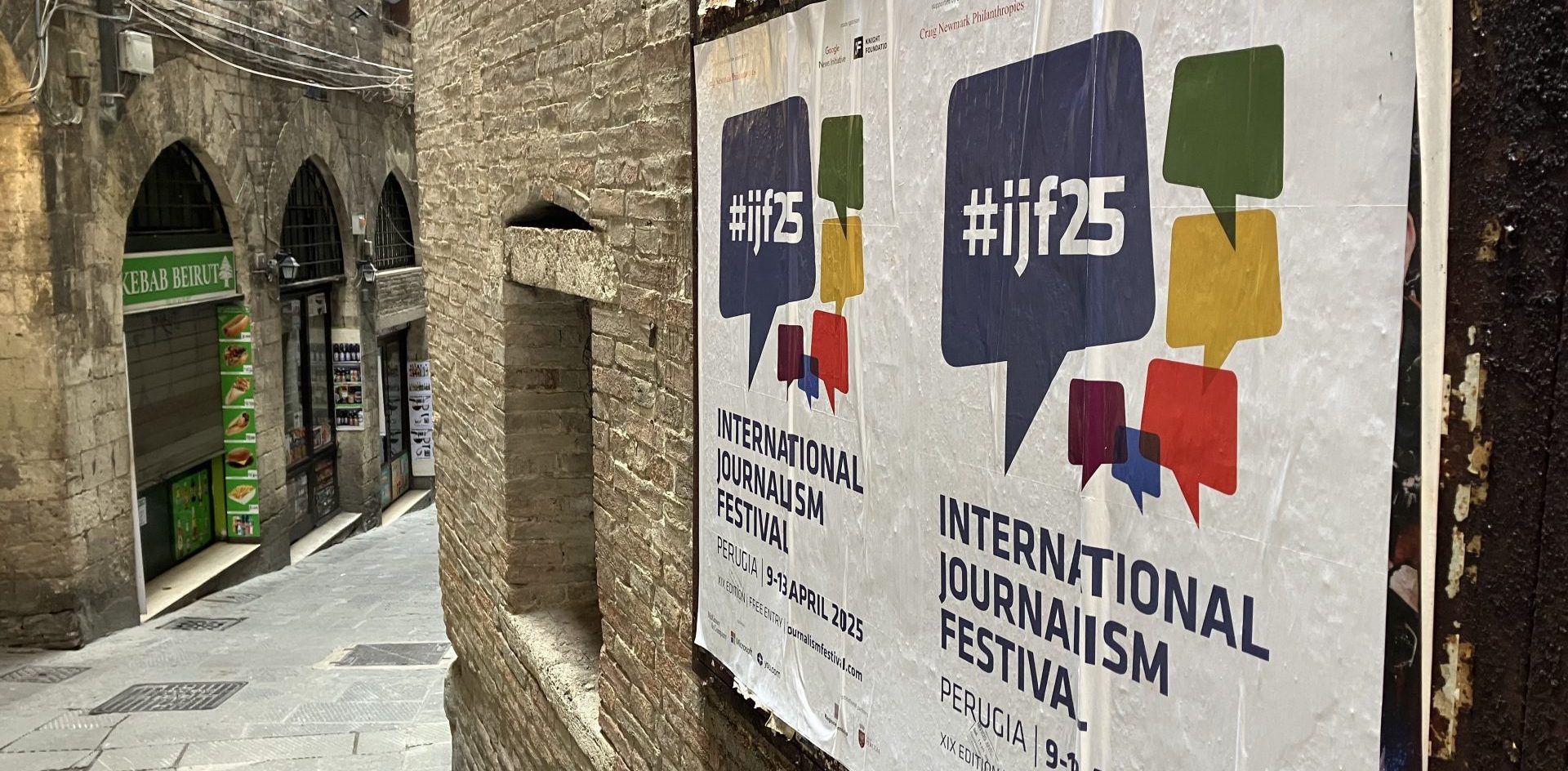
Newsletter
Newsletter
One US publisher found a customised call-to-action has helped them engage users immediately.
20th September 2024

As I mentioned in last week’s newsletter, we have launched a new community, Mobile Matters, to support mobile publishing professionals. This week, we added another feature that we hope brings value to community members and also to the wider digital and mobile publishing industry – a hub on our website that will be the new online home for the Media Bulletin and also Strategic Guides that provide best practices for major issues facing the mobile publishers.
During its first week Mobile Matters has been live, we have already had important conversations about the analytics tools publishers are using, the North Star goals of publishers and how publishers can use apps for acquisition.
If you’re a publisher and want to join the beta group, please complete this short form. Now, on to this week’s Media Bulletin and the power of onboarding to support retention.
In our consulting conversations with customers, one of their main priorities is to increase the number of people who use their app, and in our State of Mobile 2024 report our panel of publishers told us that, onboarding delivered the greatest increase in app downloads. Publishers have developed increasingly sophisticated onboarding sequences as they fine-tuned their user acquisition strategies backed by data. They often include:
For the third year running, publishers told us revenue was their top priority. However, for the first time, they are primarily looking to drive revenue through engagement and retention, with conversion slipping down the list as new user and subscriber acquisition has become more challenging. Today, we’ll discuss the options that publishers have available to them to build and develop their website onboarding experience.
For a publisher, encouraging a user through the purchase funnel relies on building interest and engagement over time. As the only guaranteed touchpoint for (almost) every direct digital subscriber, the online onboarding screens are an unparalleled opportunity to develop user habits from day one. “The time to begin building engagement is while the subscriber is still in the transactional mode. Engagement is at the core of retention, beginning at sign-up”, Ginny Dymek, Manager, Digital Subscription Acquisition and Engagement at Newsday said in a recent article for INMA.
Moreover, as publishers continue to develop new products and features, onboarding ensures that the reader has a clear understanding of the benefits of what they have purchased. It is also a chance to capture data or cross-sell. To this end, Toolkits has a useful guide, which details a comprehensive approach to onboarding. Broadly, these break down into a few areas:
An onboarding experience should positively reinforce the registration or purchase decision a user has made. Toolkits points out that new subscribers “might not be sold on the value of a product before they purchase it, especially if they’re purchasing via a promotional offer or discount”. They might not know everything that is included in their subscription. Therefore, a welcome experience can help to “put their mind at ease”.
Moreover, for the many subscriptions sold at a discounted price, it is common to see publishers struggle to persuade readers to step up to fully paid subscriptions at the end of their trial period. Displaying the full range of benefits immediately after subscription is key to solving this puzzle. The immediate justification of spending in “one powerful moment” increases the likelihood that the subscriber will renew, according to Toolkits. It also buys time for the publisher to demonstrate the product’s total, ongoing value to encourage subscribers on a discounted offer to renew at full price.
This is especially relevant when users have purchased a full package to get access to just one or two features. Demonstrating everything the subscription has to offer makes the reader less likely to cancel immediately. “Subscribers are most at risk of cancelling their subscription in the first few days or weeks of their purchase, and a large chunk will cancel immediately”, Toolkits points out. Piano has found that the highest risk of cancellation is within the first 24 hours after subscription purchase.
To deliver immediate value the onboarding journey needs to highlight the features of the subscription and encourage a user to carry out key actions. When Newsday began experimenting with their onboarding journey they started by asking a user their interests, suggested newsletter signup and highlighted the digital edition. They soon decided to expand the onboarding calls-to-action to encourage to download the app, sign up to news alerts and introduce Newsday TV+. Each of these actions was designed to demonstrate immediately the value of the subscription to the subscriber.
Moreover, offering a subscriber the opportunity to personalise their experience also provides a powerful incentive to registered users and subscribers to continue their relationship with publishers. According to Accenture, 33% of consumers ended their relationship with a company because the experience wasn’t personalised enough.
The second purpose of a welcome series is to ensure that subscribers are educated about the features and benefits of their subscription. Toolkits cautioned that publishers should not assume that subscribers know what is included in their package. They pointed out that subscriptions that contain multiple features were often purchased for a single reason, with some free trials being started to read a single article. Therefore, promoting the breadth of benefits helps to increase the chance of upgrade or renewal.
As we’ve mentioned before, product bundles are becoming increasingly popular as they allow for publishers to diversify revenue streams, drive retention and increase ARPU (average revenue per user). Take the New York Times as an example. They have six distinct components to their subscriptions: news, games, cooking, audio, Wirecutter and The Athletic. Each serves a distinct interest, plays an important role in acquisition and ensuring their use is vital for renewal. As NYT Co. Chief Executive Meredith Kopit Levien said on a call with investors last summer, “The average bundle subscriber engages more, pays more and retains better than the average single-product subscriber.” And the New York Times is using ARPU as an important signal of the success of its strategy to markets. To continue its subscriber and revenue growth, the NYT and other publishers want to get readers to use and engage with all the features they offer.
To achieve this, publishers need to communicate “where, when and how to access or receive new content”, Toolkits notes. They point out that some content types, such as podcasts and digital editions, have a defined cadence that the user won’t necessarily be aware of but are key in building habits. Moreover, it’s important to set expectations by explaining product setup requirements. This can be done through activities such as newsletter signup, declaring interests to be used by a tailored news section or a community signup page. This has the dual benefit of ensuring that relevant data is captured from the user which can then be used at a later point to build engagement and enable cross-sell.
Despite the benefits of an onboarding experience, understanding the impact that different cards, pages and prompts has on a user can be difficult. For Ginny at Newsday, they measured the success of their onboarding journey tests by looking at what share of users progressed through the steps and assessing how many interacted with CTAs. They believed that if a user was engaging with the journey they were more likely to make the most of their subscription.
However, this only tells half the story. They are planning to carry out a longer-term analysis to understand the impact that the different steps of the journey have on subscription renewal. If they are to achieve this, they will need to make sure that tracking is set up on every step of the journey so that this can be associated with a subscription. However, waiting for subscription renewal information can take a significant amount of time. It will therefore be important to establish leading indicators which highlight how likely a user is to renew. This could be achieved by modelling retention rates against various engagement metrics which are known to correlate with retention.
The online onboarding process is a single but important part of building engagement with audiences. After conversion, it is a key step in communicating the value of registration and subscription. As the cliche goes, the first impression matters, and onboarding educates a user about the many ways to take advantage of their subscription. It is an important step in nurturing the relationship you have just established with a new customer, and it is key to building engagement that will result in retention and increase the value of the relationship to your audience and your publishing business.
Apply to join the Mobile Matters community, and let’s discuss your onboarding strategies.
Here are some of the most important headlines about the business of news and publishing as well as strategies and tactics in product management, analytics and audience engagement.

Newsletter

Newsletter

Newsletter

Newsletter

Newsletter